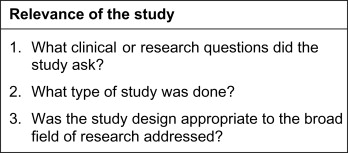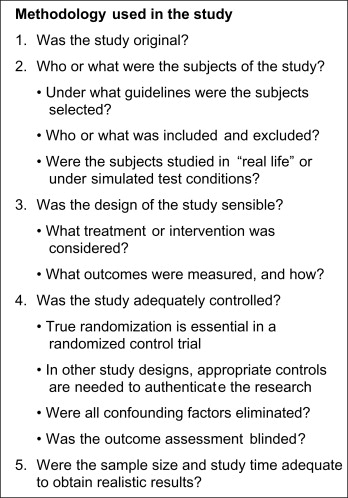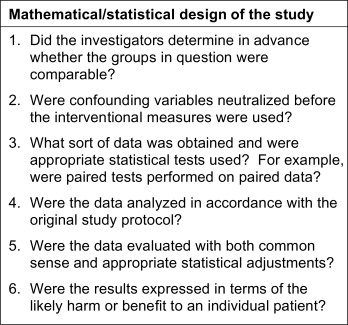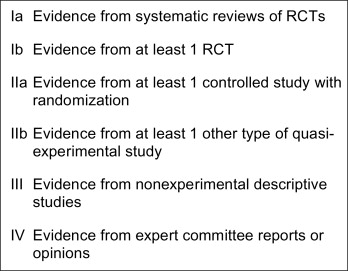The consensus for evidence-based methods is growing. The wave of change is noticeable in the way articles are published in the AJO-DO , including structured abstracts, systematic reviews under the guidelines of the Cochrane Colloboration, and randomized contolled trials (RCTs). Guidelines, including CONSORT (Consolidated Standards of Reporting Trials), QUOROM (Quality of Reporting of Meta-analyses), and MOOSE (Meta-analysis of Observational Studies in Epidemiology), have been established for many kinds of articles.
Is this change toward an evidence-based approach in publishing articles enough to convince the reader, or are additional skills needed? Does the reader still need to master the art of reading an article—an art based on specific parameters and evaluation strategies that enables him or her to separate the wheat from the chaff?
A critical review of the methodologic quality of a study is paramount and includes assessment of 3 important parameters: appraisal of the evidence, its validity, and its usefulness (or clinical applicability); together, these comprise critical appraisal. Encompassing these parameters of critical appraisal, standard checklists have been developed, and simplified versions can be helpful ( Figs 1-3 ).



Most articles in contemporary, top-notch orthodontic journals are presented in the standard format: introduction, methods, results, and discussion. Surprisingly, a major chunk of published research “belongs to the bin.” I agree that picking out flaws in others’ research is much easier than writing a watertight article yourself; nevertheless, accuracy is the name of the game.
In a scientific article, the weight of the presented evidence is judged by the 6-level hierarchy of evidence suggested by Shekelle et al ( Fig 4 ). However, the value of an article has more to do with its design (methods) rather than anything else.





